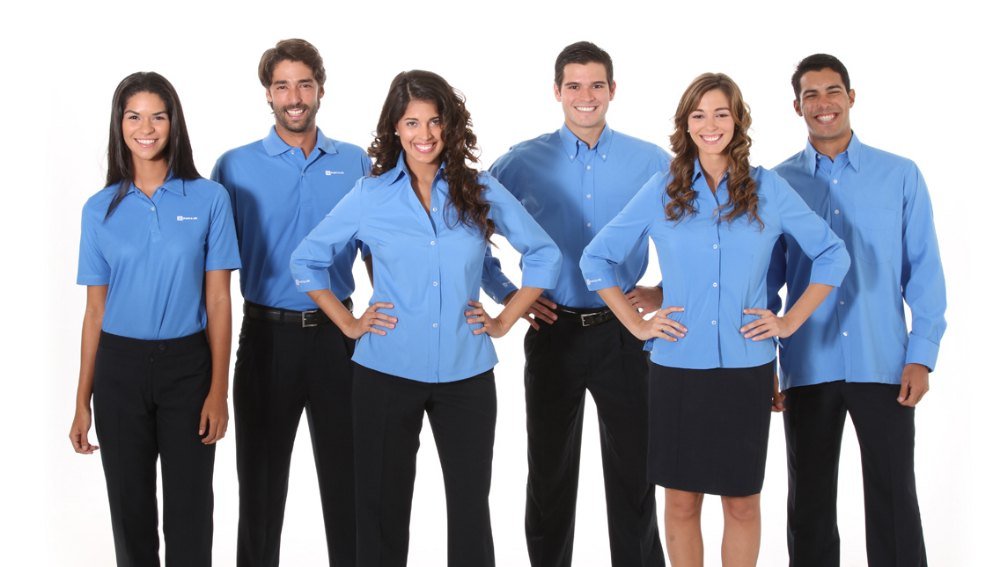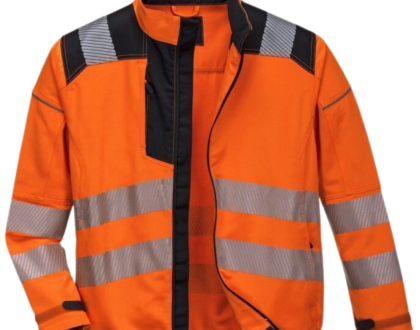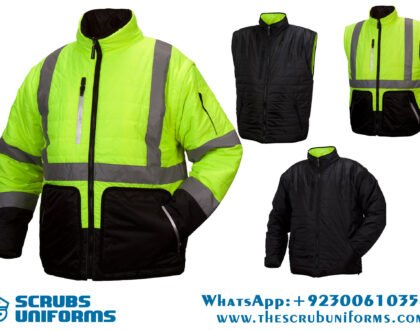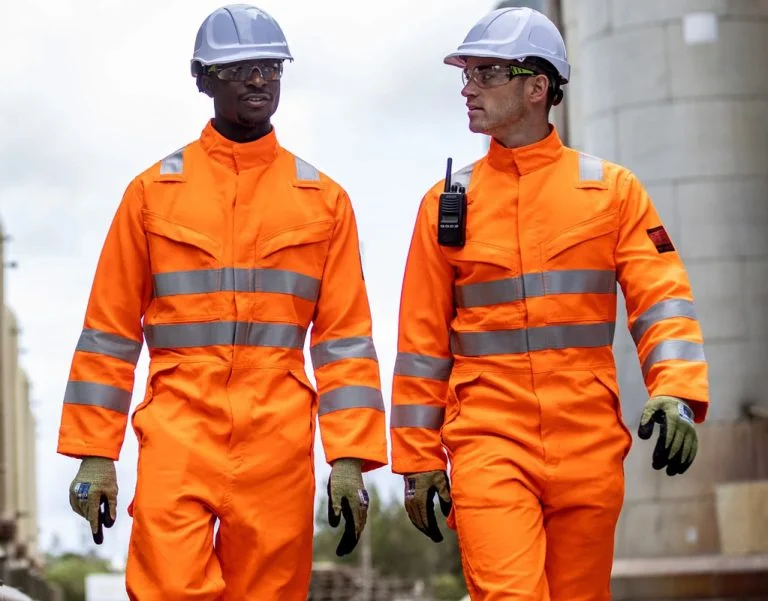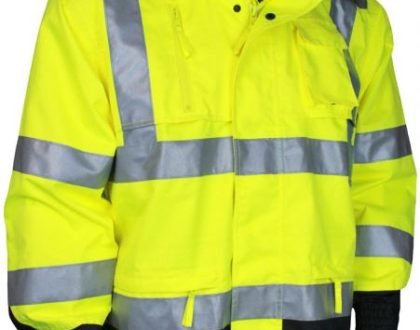Uniforms
Standardization
Uniforms are designed to create a standardized and consistent appearance among individuals working in the same organization or industry. They aim to foster a sense of unity and professionalism.
Distinct Identity
Uniforms help individuals identify with a particular organization, role, or profession. They can enhance brand recognition and create a cohesive team identity.
Limited Variation
Uniforms are characterized by their consistency in design, color, and style. They are intended to eliminate individual fashion choices and create a unified look.
Formality
Uniforms tend to be more formal and polished in appearance. They often include elements like blazers, dress shirts, ties, and specific footwear.
Professionalism
Uniforms are often associated with industries where a professional appearance is important, such as hospitality, aviation, healthcare, and customer service.
Less Emphasis on Task-specific Features
Unlike workwear, uniforms may prioritize appearance and adherence to organizational guidelines over the specific functional needs of a job.
In summary, workwear is designed for functionality and practicality in various work environments, while uniforms are intended to create a standardized and professional appearance within specific industries or organizations. The choice between workwear and uniforms depends on the nature of the job, the industry, and the desired level of standardized appearance.
